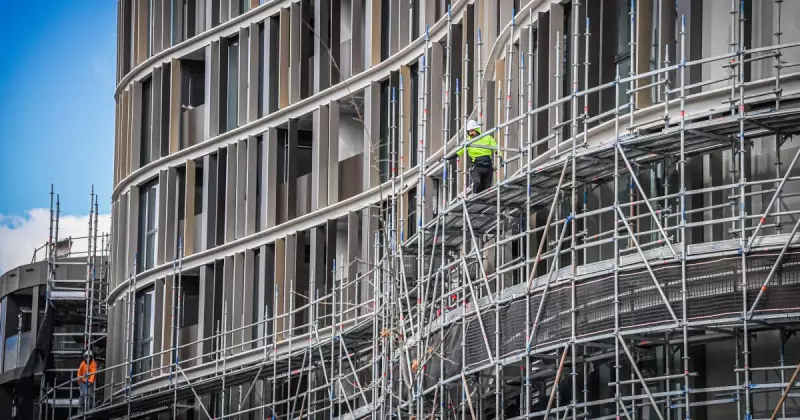
New research has revealed a mixed picture for aspiring homeowners in the nation's capital, showing that while saving for a house deposit remains a monumental task stretching beyond eight years, housing affordability in Canberra has been steadily improving.
The Deposit Dilemma
According to Cotality's November 2025 Housing Affordability Report, the median Canberra household would need 8.2 years to save for a 20 per cent deposit on a home. While this marks a slight improvement from the 8.3 years required in 2024, it remains significantly higher than the 7.3 years needed back in 2020.
The challenge becomes even more daunting for lower-income households, who would need to save for over a decade to afford a deposit for a median-priced home in the ACT.
Affordability Shows Positive Movement
The report shows encouraging signs of improvement in housing affordability metrics. The proportion of income needed to service a mortgage has decreased to 33.5 per cent in the 12 months to September 2025, down from 36.6 per cent last year.
Similarly, the ratio of median home value to median household income has improved, dropping from 7.1 times in 2022 to 6.2 times by September 2025. However, this still remains above the 5.5 figure recorded in September 2020.
Eliza Owen, head of research at Cotality, noted that while conditions have deteriorated from five years ago, the key takeaway for Canberra is the improvement since 2021.
What's Driving the Improvement?
Ms Owen identified several factors contributing to Canberra's unique affordability trajectory. Slow population growth combined with strong apartment supply has created more favourable conditions for buyers.
The data shows that since June 2022, only 1.8 people moved to Canberra for every new dwelling created - almost half the national average of three people per dwelling.
Canberra's market has also shown a perverse reaction to recent interest rate rises, with higher rates actually improving affordability by decreasing buyer demand and moderating price growth.
The rental market tells a similarly positive story, with Canberra now being the most affordable capital city for renters, requiring under 25 per cent of median household income to service the median rent value.
The Spillover Effect on Lower-Income Households
The research highlights concerning disparities for different income groups. While median households spend 33.5 per cent of their income on mortgage repayments, lower-income households face a much heavier burden at 44 per cent of household income.
Ms Owen explained how this creates a cascade effect through the market: Median income households have to look to the lower part of the housing value spectrum to find something comfortable for them. This creates a spillover of demand that pushes people further down the housing ladder until some fall off altogether.
With Canberra maintaining the highest median income of all capital cities at $142,186 per household, the report emphasises the importance of not losing sight of those on lower incomes who face much greater challenges entering the property market.





